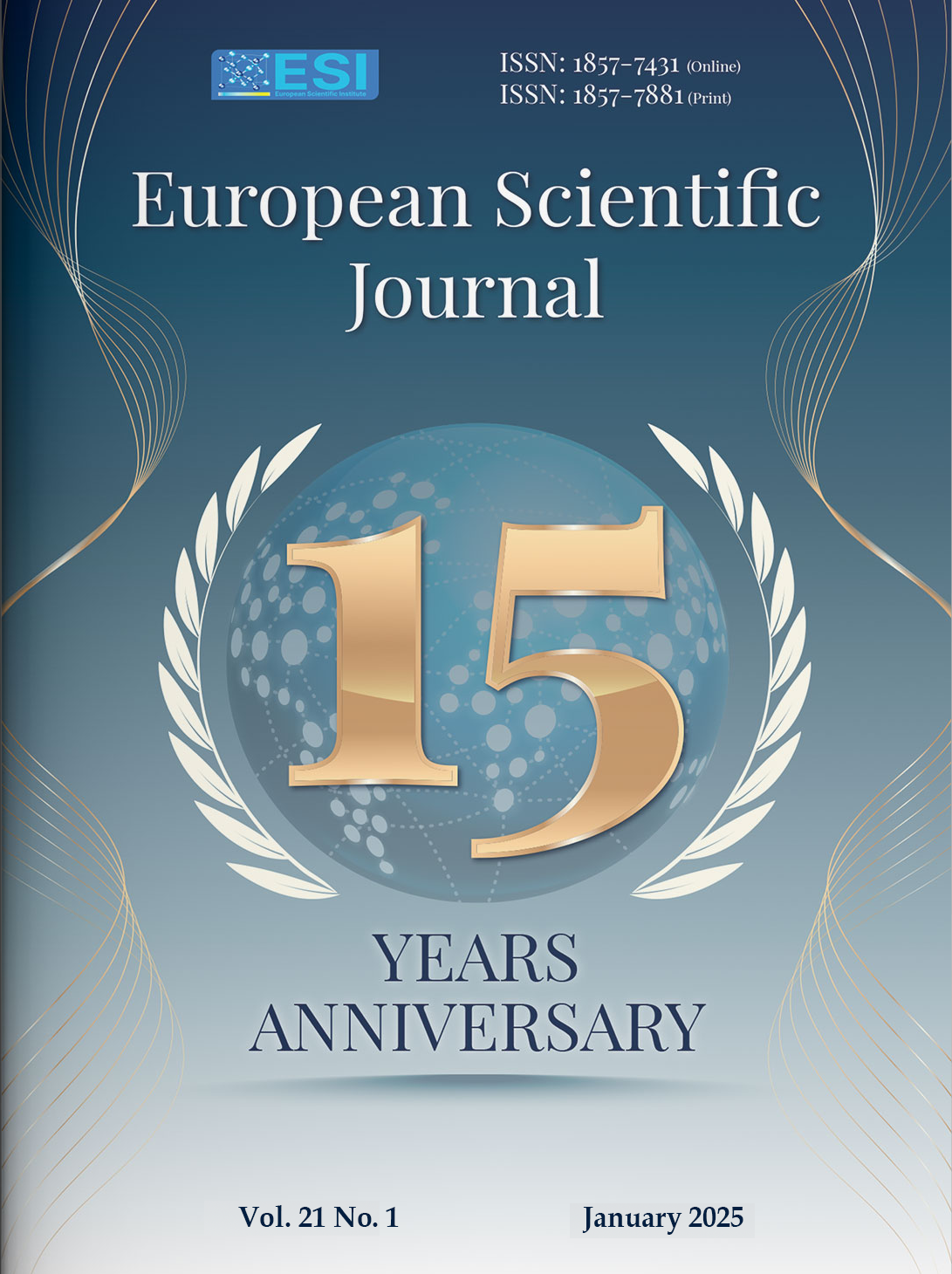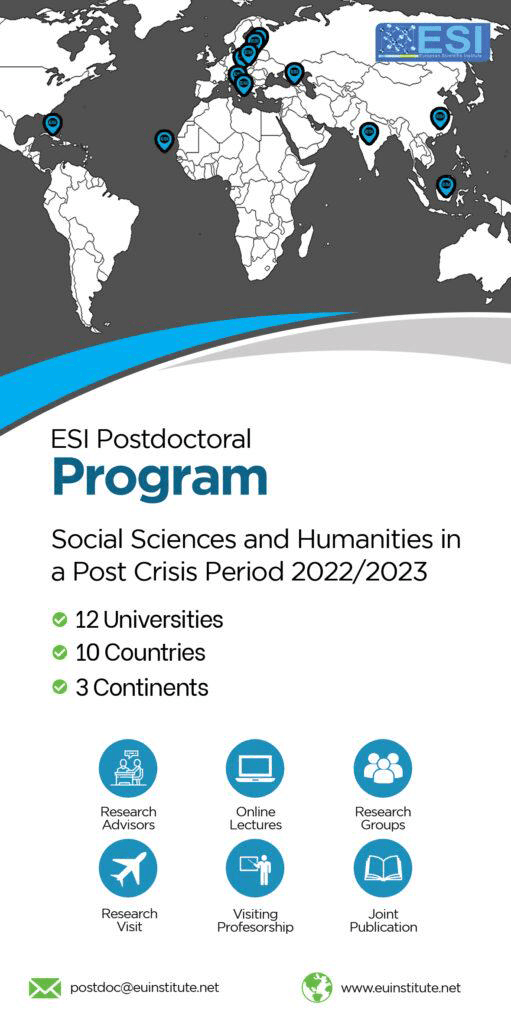Post-Devolution Household Healthcare Expenditures in Rural Kenya
Abstract
Introduction: Despite improvements in a country's income during the era of decentralization, catastrophic expenditures persist. This study aimed to establish the determinants of household healthcare expenditures in rural Kenya. Methods: The study utilized data from the Kenya Household Health Expenditure and Utilization Survey (2018). A multiple regression model was employed to estimate the impact of respective determinants on post-devolution health expenditures in rural Kenya. The Ordinary Least Squares (OLS) estimation technique was adopted. Results: The gender of respondents, marital status, medical insurance, and chronic illness were found to be positively related to health expenditures, whereas education levels (primary, secondary, and higher levels) and wealth index (second and third wealth quintiles) were significant predictors but had a negative relationship with health expenditures. Recommendations: The study suggests promoting gender equality in healthcare access and implementing incentives and training programs to encourage men to practice preventive care, thereby reducing hospital visits. Additionally, the study recommends the creation and implementation of awareness programs across organizations, schools, and government agencies. Empowerment programs should be established to help the population lower hospital visits, consequently reducing healthcare expenditures. Furthermore, the government should increase the number of public health facilities to enhance access to subsidized services in rural areas.
Downloads
Metrics
PlumX Statistics
References
2. Akazili, J., McIntyre, D., Kanmiki, E. W., Gyapong, J., Oduro, A., Sankoh, O., & Ataguba, J. E. (2017). Assessing the catastrophic effects of out-of-pocket healthcare payments prior to the uptake of a nationwide health insurance scheme in Ghana. Global health action, 10(1), 1289735.
3. Barasa, E. W., Maina, T., & Ravishankar, N. (2017). Assessing the impoverishing effects, and factors associated with the incidence of catastrophic healthcare payments in Kenya. International Journal for Equity in Health, 16(1), 31.
4. Bayar, A. A., & Yanik İlhan, B. (2016). Determinants of household education expenditures: Do poor spend less on education? Topics in Middle Eastern and North African Economies, 18.
5. Chuma, J., & Maina, T. (2012). Catastrophic health care spending and impoverishment in Kenya. BMC health services research, 12(1), 413.
6. Garg, C. C., & Karan, A. K. (2009). Reducing out-of-pocket expenditures to reduce poverty: A disaggregated analysis at rural-urban and state level in India. Health Policy and Planning, 24(2), 116–128.
7. Grossman, M. (1972). On the concept of health capital and demand for health. Journal of political economy-University of Chicago press, vol 80 issue2, pp.223-255.
8. Grossman, M. (2000). The human capital model. In Handbook of Health Economics (Vol. 1, pp. 347–408). Elsevier.
9. Hsu, J., Flores, G., Evans, D., Mills, A., & Hanson, K. (2018). Measuring financial protection against catastrophic health expenditures: methodological challenges for global monitoring. International journal for equity in health, 17(1), 69.
10. Jowett, M., Deolalikar, A., & Martinsson, P. (2003). Health insurance and treatment-seeking behaviour: Evidence from a low-income country. Health Economics, 12(9), 845–857.
11. Kabia, E., Mbau, R., Muraya, K. W., Morgan, R., Molyneux, S., & Barasa, E. (2018). How do gender and disability influence the ability of the poor to benefit from pro-poor health financing policies in Kenya? An intersectional analysis. International journal for equity in health, 17(1), 149.
12. KHHEUS (2018). Kenya Household Health Expenditures and Utilization Survey Report. Nairobi.
13. Kimani, D. N., Mugo, M. G., & Kioko, U. M. (2016). Catastrophic health expenditures and impoverishment in Kenya. European Scientific Journal, 12(15).
14. Kiplagat, I., Muriithi, M., & Kioko, U. (2013). Determinants of health insurance choice in Kenya. European Scientific Journal, 9(13), 452–468.
15. McCollum, R., Taegtmeyer, M., Otiso, L., Mireku, M., Muturi, N., Martineau, T., & Theobald, S. (2019). Healthcare equity analysis: applying the Tanahashi model of health service coverage to community health systems following devolution in Kenya. International journal for equity in health, 18(1), 65.
16. Muthaka, D. I. (2013). Health expenditures and child mortality: Evidence from Kenya (Doctoral dissertation, University of Nairobi).
17. Ndikumana, L., & Pickbourn, L. (2017). The impact of foreign aid allocation on access to social services in sub-Saharan Africa: the case of water and sanitation. World Development, 90, 104-114.
18. Nixon, J., & Ulmann, P. (2006). The relationship between health care expenditure and health outcomes. The European Journal of Health Economics, 7(1), 7-18.
19. Orayo, J (2014). Determinants of Health insurance demand among the migrants in Kenya. (Doctoral dissertation, University of Nairobi).
20. Owino (2018). Pro-poor analysis of Kenya’s 2018/19 budget estimates what do the numbers tell us? Report. Development initiative.
21. Qureshi, A, M. (2008). Challenging trickle-down approach: Modelling and simulation of public expenditure and human development–the case of Pakistan. International Journal of Social Economics, 35(4), 269-282.
22. Republic of Kenya (2010). Devolved Government. Articles 186–187: Constitution of Kenya.
23. Republic of Kenya (2015). Accelerating attainment of Universal Health Coverage: The Kenya Health Sector Strategic and Investment Plan 2014 - 2018. Ministry of Health.
24. Republic of Kenya (2018). Medium Term Expenditure Framework (MTEF) for the period 2019/20-2021/22. Health Sector Working Group Report.
25. Rodney, W. (2018). How Europe underdeveloped Africa. Verso Trade
26. Schokkaert, E., & Van Ourti, T. (2012). The relationship between age and healthcare expenditures in Europe: Evidence from SHARE. Health Economics, 21(2), 151–169.
27. Sekhampu, T. J. (2012). Socio-economic determinants of household food expenditure in a low income township in South Africa. Mediterranean Journal of Social Sciences, 3(3), 449-453.
28. Sharma, D., Prinja, S., Aggarwal, A. K., Bahuguna, P., Sharma, A., & Rana, S. K. (2017). Out-of-pocket expenditure for hospitalization in Haryana State of India: Extent, determinants & financial risk protection. The Indian Journal of Medical Research, 146(6), 759–767.
29. Strauss, J., & Thomas, D. (1995). Human resources: Empirical modeling of household and family decisions. Handbook of development economics, 3, 1883-2023.
30. Tsofa, B., Molyneux, S., Gilson, L., & Goodman, C. (2017). How does decentralisation affect health sector planning and financial management? a case study of early effects of devolution in Kilifi County, Kenya. International journal for equity in health, 16(1), 151.
31. VanderWeele, T. J. (2017). Religion and health: a synthesis. Spirituality and religion within the culture of medicine: From evidence to practice, 357-402.
32. Vlassoff, C. (2007). Gender differences in determinants and consequences of health and illness. Journal of Health, Population, and Nutrition, 25(1), 47–61.
33. Wang, Z., Li, X., & Chen, M. (2015). Catastrophic health expenditures and its inequality in elderly households with chronic disease patients in China. International journal for equity in health, 14(1), 8.
34. Xu, K., Evans, D. B., Carrin, G., Aguilar-Rivera, A. M., Musgrove, P., & Evans, T. (2007). Protecting households from catastrophic health spending. Health Affairs, 26(4), 972–983.
35. Yiengprugsawan, V., Carmichael, G., Lim, L. L. Y., & Seubsman, S. A. (2010). Explanation of inequality in utilization of ambulatory care before and after universal health insurance in Thailand. Health Policy and Planning, 25(3), 229–238.
Copyright (c) 2025 Peter Kabuka Omae

This work is licensed under a Creative Commons Attribution 4.0 International License.








